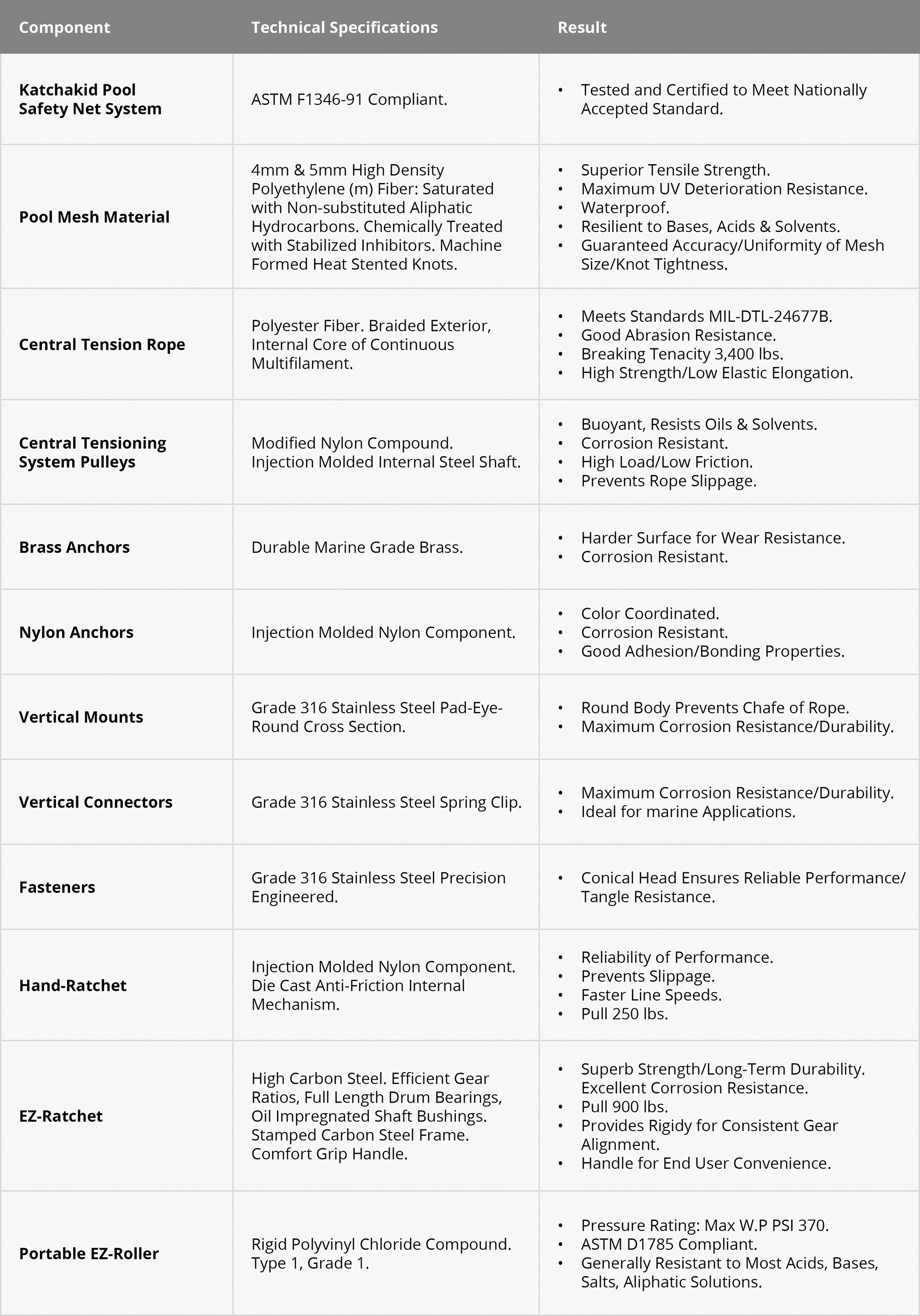How many times do we read of children dying in the midst of busy swimming pools when drowning prevention seems so possible? According to water safety experts the Hollywood depicted drownings with all the accompanied thrashing, yelling and drama are in truth unrealistic with actual drowning casualties being deceptively silent and splash free. (That doesn’t mean that anyone waving or calling for help does not need assistance.)
So what should we look for? According to the viral blog “It doesn’t Look Like They’re Drowning” By Aviation Survival Technician First Class Mario Vittone and Francesco A. Pia, Ph.D the following are the characteristics of what they call “The instinctive Drowning Response”
1. Except in rare circumstances, drowning people are physiologically unable to call out for help. The respiratory system was designed for breathing. Speech is the secondary, or overlaid, function. Breathing must be fulfilled, before speech occurs.
2. Drowning people’s mouths alternately sink below and reappear above the surface of the water. The mouths of drowning people are not above the surface of the water long enough for them to exhale, inhale, and call out for help. When the drowning people’s mouths are above the surface, they exhale and inhale quickly as their mouths start to sink below the surface of the water.
3. Drowning people cannot wave for help. Nature instinctively forces them to extend their arms laterally and press down on the water’s surface. Pressing down on the surface of the water permits drowning people to leverage their bodies so they can lift their mouths out of the water to breathe.
4. Throughout the Instinctive Drowning Response, drowning people cannot voluntarily control their arm movements. Physiologically, drowning people who are struggling on the surface of the water cannot stop drowning and perform voluntary movements such as waving for help, moving toward a rescuer, or reaching out for a piece of rescue equipment.
5. From beginning to end of the Instinctive Drowning Response people’s bodies remain upright in the water, with no evidence of a supporting kick. Unless rescued by a trained lifeguard, these drowning people can only struggle on the surface of the water from 20 to 60 seconds before submersion occurs.”
Especially be alert for a child “climbing a ladder” -vertical in position, arms extended, little or no leg movements and head facing upwards. These children are unable to launch off the bottom of the pool or break the waters surface. Furthermore their distress is often silent and the water may be calm. Improve your Drowning Prevention with the above tips.
Here is a linked to Mario Vittone’s full report, it is well worth reading and sharing:






